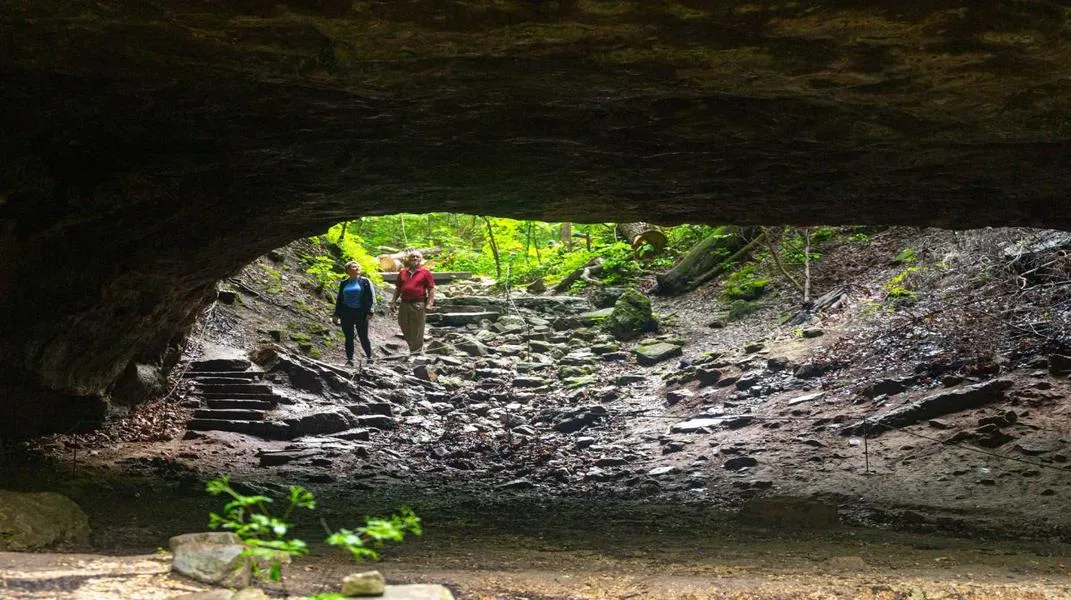Exploring the Majestic Monument Valley: A Guide for Travelers
Nestled on the Arizona-Utah border, Monument Valley is one of the most iconic landscapes in the American West. Famous for its towering sandstone buttes, sweeping desert vistas, and rich cultural heritage, this stunning location has captured the hearts and imaginations of artists, photographers, and travelers alike. In this article, we will explore the breathtaking beauty of Monument Valley, delve into its cultural significance, and provide essential tips and materials to prepare for your visit.
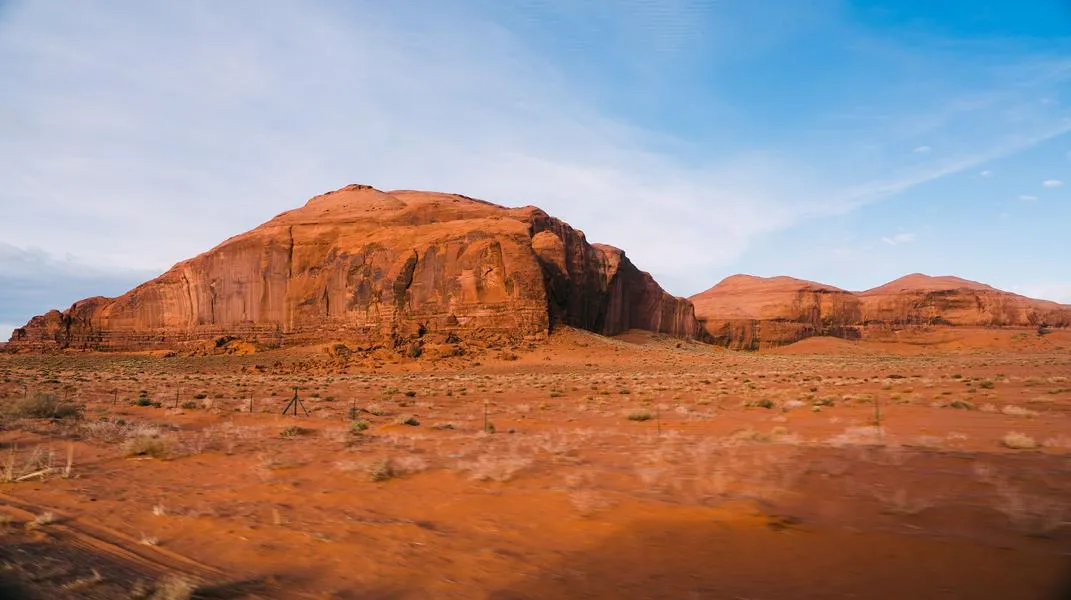
A Glimpse into the Landscape
Monument Valley is part of the Navajo Nation Reservation and covers an expansive area of approximately 91,696 acres. The valley is characterized by its incredible red rock formations, which rise dramatically from the surrounding desert floor. The most famous of these formations are the Mittens—East and West Mittens, and Merrick Butte—which stand tall against the backdrop of an endless sky.
The striking colors of the buttes change dramatically throughout the day, offering photographers and nature lovers a breathtaking display of reds, oranges, and purples during sunrise and sunset. The play of light on these natural monuments creates a surreal atmosphere that feels almost otherworldly.
The Cultural Heritage of Monument Valley
Beyond its stunning geological features, Monument Valley holds deep cultural significance for the Navajo people, who have inhabited the area for centuries. The valley is steeped in Navajo folklore and is considered a sacred land. The Navajo Nation operates the Monument Valley Navajo Tribal Park, ensuring that the area's natural beauty and cultural heritage are preserved.
Visitors to Monument Valley can learn about the Navajo way of life through guided tours led by Navajo guides. These tours often include visits to traditional hogans (Navajo homes), discussions about Navajo culture and history, and even opportunities to learn about traditional crafts such as weaving and jewelry making.
Planning Your Visit to Monument Valley
If you’re considering a trip to Monument Valley, preparation is key to making the most of your experience. Below, we outline essential materials and tips to help you plan a memorable visit.
1. Travel Documents and Permits
Before embarking on your journey, ensure you have the necessary travel documents. If you are traveling from outside the United States, you may need a visa or a valid passport. While no specific permits are required to enter Monument Valley, you will need to pay an entrance fee to access the park. As of the latest updates, the fee is approximately $20 per vehicle, which is valid for up to four people. Be sure to check for any updates on fees or regulations before your trip.
2. Transportation
Monument Valley is located about 5 miles northeast of the town of Kayenta, Arizona, and is accessible by car. If you’re flying in, the nearest major airports are in Flagstaff, Arizona, and Salt Lake City, Utah. Renting a car is the most convenient option, as it allows you the flexibility to explore the area at your own pace. Keep in mind that roads within the valley can be unpaved and rugged, so a vehicle with good clearance is recommended.
3. Accommodations
While there are limited lodging options directly in Monument Valley, visitors can find accommodations in nearby Kayenta or further afield in towns like Page or Flagstaff. The Monument Valley Navajo Tribal Park offers the View Hotel, renowned for its stunning views of the valley from every room. For a unique experience, consider staying in a traditional Navajo hogan or campsite for a more immersive cultural experience.
4. Clothing and Footwear
The weather in Monument Valley can be unpredictable, with high temperatures during the summer and chilly nights in the fall and winter. Layering is key to staying comfortable throughout the day. Here’s a packing list to consider:
- Sun Protection: Hats, sunglasses, and sunscreen are essential to protect against the desert sun.
- Comfortable Clothing: Lightweight, breathable fabrics are ideal for daytime exploring. A light jacket or sweater is recommended for cooler evenings.
- Footwear: Sturdy hiking boots or shoes are crucial for navigating the rugged terrain. Make sure they are broken in to prevent blisters.
5. Photography Gear
Monument Valley is a photographer’s paradise. Whether you’re a professional or a casual enthusiast, you’ll want to capture the breathtaking landscapes. Here are some items to consider packing:
- Camera: A DSLR or mirrorless camera will allow you to capture high-quality images, but even smartphones can take stunning photos.
- Tripod: A tripod is essential for long exposure shots, especially during sunrise and sunset.
- Lenses: Bring a variety of lenses if possible. A wide-angle lens is perfect for capturing expansive landscapes, while a zoom lens is great for isolating specific formations.
- Extra Batteries and Memory Cards: The remote location may make it difficult to recharge, so bring extras.
6. Water and Snacks
Staying hydrated is vital, especially in the desert climate. Be sure to pack plenty of water—at least one gallon per person per day is recommended. Snacks like trail mix, energy bars, and fruits can help keep your energy levels up while exploring.
7. Guided Tours
To fully appreciate the cultural and historical context of Monument Valley, consider booking a guided tour. Many Navajo guides offer tours in open-air vehicles that provide a unique perspective of the landscape and insight into Navajo traditions. Popular tours include:
- Sunrise and Sunset Tours: These tours allow you to experience the valley during the most magical hours of the day, capturing the stunning colors as the sun rises or sets.
- Photography Tours: Tailored for photographers, these tours focus on the best spots for capturing the valley's beauty.
- Cultural Tours: Learn about Navajo culture, traditional stories, and the significance of various formations in the landscape.
8. Safety Considerations
While Monument Valley is a stunning destination, it’s essential to prioritize safety during your visit. Here are some tips to keep in mind:
- Stay on Designated Paths: To protect both the environment and yourself, adhere to marked trails and paths.
- Wildlife Awareness: Be cautious of wildlife, and do not approach animals. Keep a respectful distance.
- Weather Preparedness: Check the weather forecast before your visit and be prepared for sudden changes in temperature and conditions.
9. Respect the Land and Culture
As a visitor to Monument Valley, it’s crucial to respect both the natural environment and the cultural significance of the area. Follow the Leave No Trace principles by packing out what you pack in, refraining from disturbing wildlife, and respecting the wishes of the Navajo Nation regarding photography in certain sacred areas.
10. Engaging with the Community
Take the time to engage with the local Navajo community during your visit. Visit local markets to purchase authentic Navajo crafts, such as silver jewelry, pottery, and weaving. These purchases not only support local artisans but also allow you to bring home a piece of the culture.
Conclusion
Monument Valley is a destination that offers a unique blend of breathtaking landscapes and rich cultural heritage. Whether you're an outdoor enthusiast, a photography lover, or someone seeking to immerse yourself in Navajo culture, this iconic site has something to offer everyone. By preparing properly and respecting the land and its people, you can ensure a memorable and enriching experience in one of the most stunning natural wonders of the American West.
With its towering buttes, vibrant colors, and deep cultural roots, Monument Valley promises a journey that will stay with you long after you leave. So pack your bags, grab your camera, and get ready to explore the enchanting beauty of this incredible destination!
Related Posts
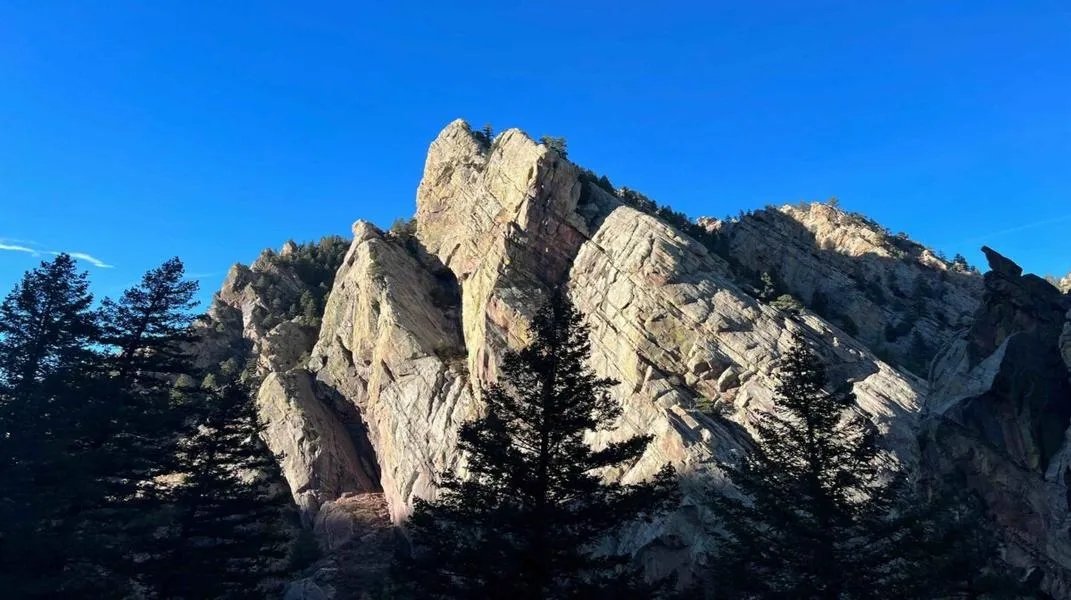
Exploring Boulder: A Comprehensive Guide to Colorado's Outdoor Paradise
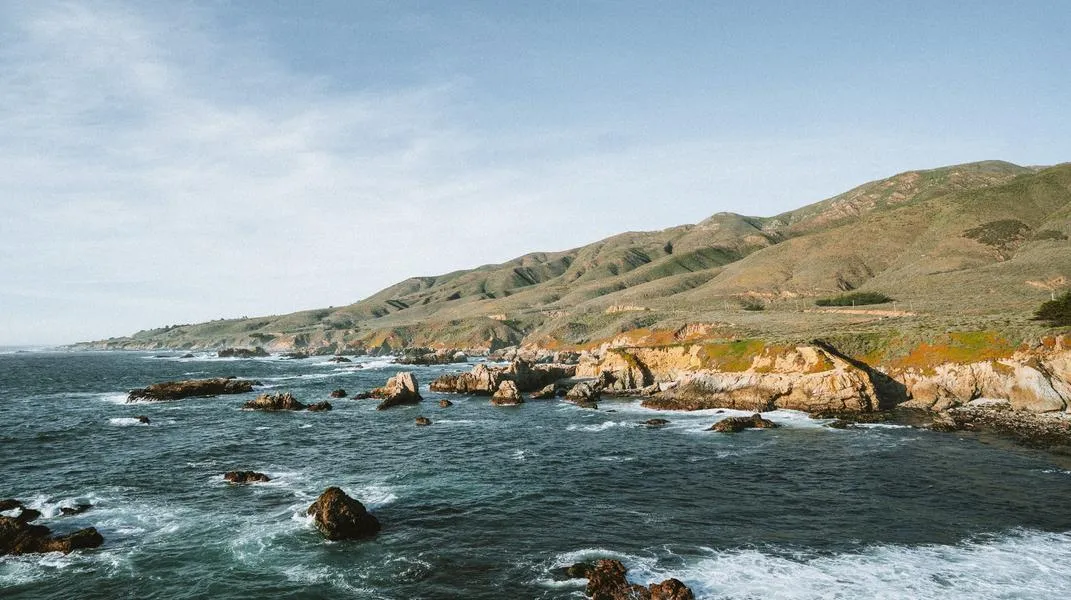
Exploring the Majestic Beauty of Big Sur: A Comprehensive Guide for Tourists
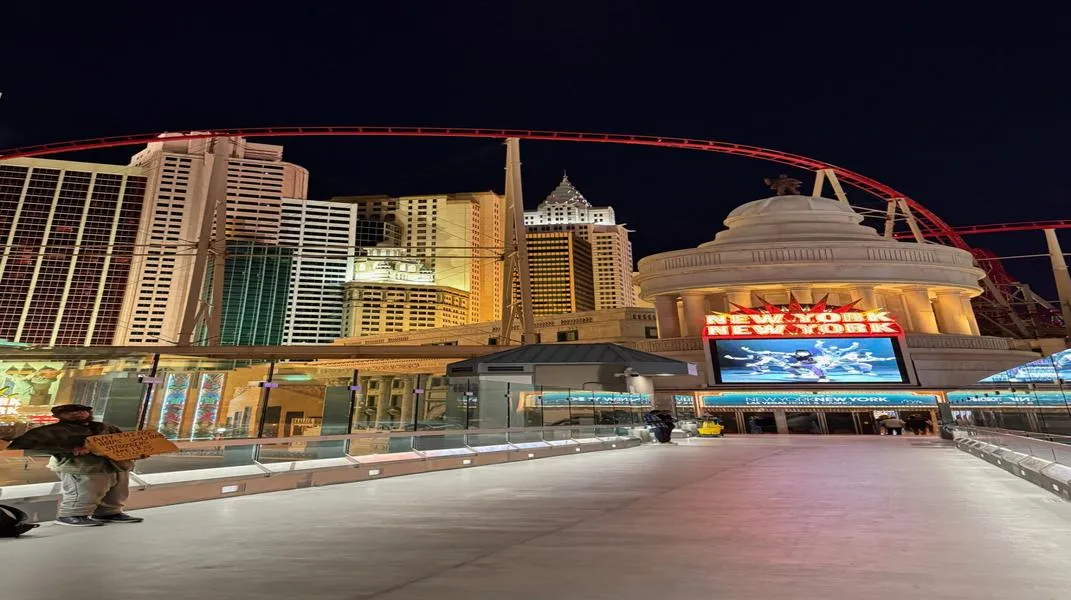
The Allure of Las Vegas: A Comprehensive Guide to the Entertainment Capital of the World
